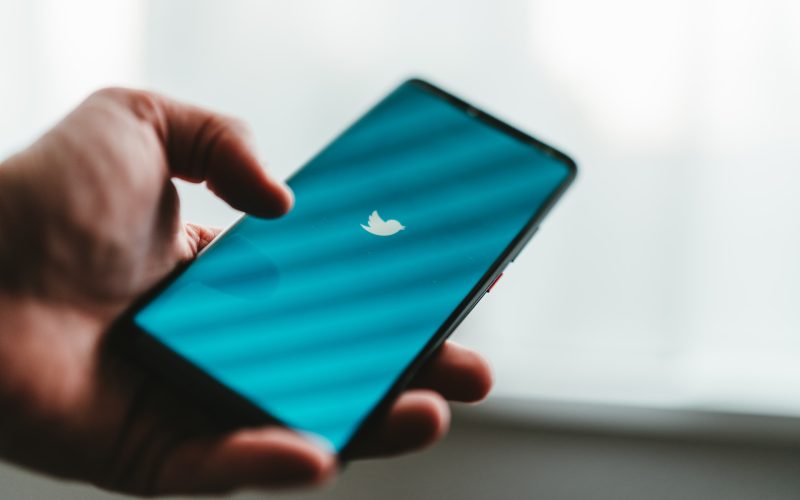In the age of social media, where information spreads at lightning speed, the importance of accuracy and responsible sharing cannot be overstated. However, a recent incident on Twitter exposed a significant flaw in the platform’s credibility when verified accounts unknowingly shared a fake image depicting a devastating explosion. This event sent shockwaves through the online community, raising questions about the role of verified accounts, the impact of misinformation, and the challenges of combating hoaxes in the digital age. In this article, we delve into the details of this viral explosion hoax, its ramifications, and the lessons learned.
The Viral Deception:
It all began with a single tweet—an alarming image depicting a massive explosion purportedly occurring at a prominent landmark. The image, meticulously crafted to appear authentic, quickly went viral. What made this incident particularly unsettling was the fact that several verified Twitter accounts, marked with the coveted blue checkmarks, amplified the hoax by retweeting the image to their extensive follower base.
Panic and Confusion:
As the fake image spread like wildfire, panic and confusion gripped Twitter users. The alarming visual, combined with the credibility associated with verified accounts, led many to believe that a catastrophic event had taken place. Fueled by the rapid dissemination of the image, users expressed their concerns, demanding answers and updates. The incident underscored the potential harm that misinformation can inflict on public sentiment and the urgent need for greater accountability.
The Trust Deficit:
Twitter, like other social media platforms, relies on the trust users place in verified accounts. These accounts are seen as authoritative sources, lending credibility to the information they share. However, this incident exposed a significant trust deficit, as the spread of the fake image shattered the illusion of reliability. It revealed the challenges platforms face in maintaining trust and highlighted the responsibility of verified users to verify information before sharing it.
Challenges in Combating Hoaxes:
The incident revealed the persistent challenge of combating hoaxes and misinformation in the digital age. Twitter’s algorithmic detection systems and user reporting mechanisms alone may not be sufficient to address the issue effectively. The rapidly evolving landscape of content manipulation and the sophistication of fake imagery pose formidable obstacles. Striking a balance between freedom of expression and the need to protect users from malicious hoaxes remains an ongoing struggle.
Responsibility of Verified Accounts:
Verified accounts carry a certain level of responsibility due to their influential status. As key figures in various domains, they possess the power to shape public opinion and drive conversations. Consequently, it is crucial for verified users to exercise caution and due diligence before sharing information. This incident serves as a reminder of the need for verified accounts to adopt a critical and discerning approach, verifying the authenticity of content to prevent the unintentional spread of hoaxes.
Enhancing Verification Processes:
In light of this incident, Twitter and other social media platforms must reassess their verification processes. Stricter protocols, including thorough background checks, identity verification, and ongoing monitoring, are necessary to ensure the legitimacy of verified accounts. Additionally, clearer guidelines outlining the responsibilities and expectations of verified users in combatting hoaxes can help reinforce the platform’s integrity.
Promoting Media Literacy:
The incident underscores the pressing need to promote media literacy among social media users. By equipping individuals with the skills to critically evaluate information, fact-check sources, and recognize signs of hoaxes, we empower them to make informed decisions. Educational initiatives, public awareness campaigns, and collaboration with fact-checking organizations can play a vital role in fostering media literacy and countering the spread of misinformation.











